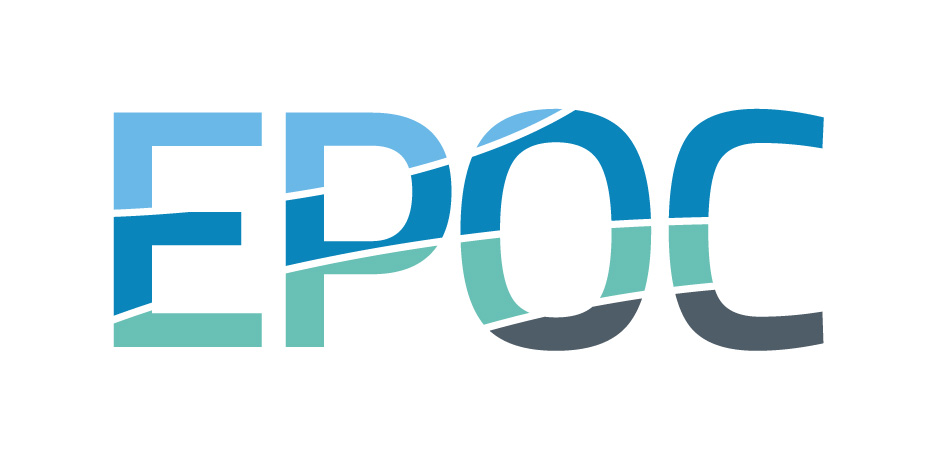
|
UMR CNRS 5805 EPOC
Environnements et Paléoenvironnements Océaniques et Continentaux |
English Version |
| AccueilEvénementsRecrutementsAccèsLiensPlan du Site | |
| > Evénements > Informations | |
|
Consignes de Sécurité et Numéros d'Urgence
(à l'usage des personnels du laboratoire) |
Séminaire Combining recent sensor technology (e.g. O2 and pCO2 optodes, acoustic and electrochemical sensors) with autonomous instrumentation to investigate chemical and biological processes at the seafloor Date le 14-12-2010 à 15:30
Résumé BALTIC SEA DEEPWATER OXYGENATION (BOX)By a natural event during the 1990'ies the phosphorus content decreased by one third in the Baltic Sea proper! It coincided with a decrease of the deepwater volume, manifested in a lowering of the halocline from 60 to 90 m which increased the oxygen contents between 70 and 125 m depth. After a few years, the halocline rose, and the oxygen content below 70 m depth decreased. The Baltic proper went back to a state with high phosphorus content and strong summertime blooms of cyanobacteria. The event in the 1990'ies has demonstrated that it should be possible to counteract hypoxia and kick the Baltic proper into a less eutrophic state only using artificial oxygenation of the deep water by enforced mixing. However, it is not known if it would be possible to keep the Baltic proper in the less eutrophic state by continuous supply of oxygen to the deepwater. This question is investigated in pilot experiments running over four years where anoxic fjords are mixed by pumping and the resulting effects are studied in detail. The main question is what happens with the long-term retention efficiency of phosphorus in earlier mainly anoxic deepwater sediments when the overlying water is kept permanently oxic. OPTODES FOR AQUATIC CO2 AND O2 MEASUREMENTS: EXPERIENCES AND NEW DEVELOPMENTS Commercially available oxygen optodes for oceanographic application were introduced in 2002. The long-term stability (years) and reliability of these sensors have enhanced the possibility to monitor oxygen. One part of this presentation aims to demonstrate possibilities and limitations of this technology by summarizing a wide range of published field data. Recently compact CO2 optodes based on similar principles have been developed and submitted to a first series of field tests. Results from these tests will be presented and the challenges of measuring pCO2 in different aquatic applications will be briefly discussed. MARINE ENVIRONMENT IN CHANGE: EXPERIENCES LEARNED FROM 15 YEARS OF ENVIRONMENTAL MONITORING IN THE OERESUND STRAIGHT (BALTIC SEA) The Swedish city of Helsingborg is located by the Oeresund straight at the entrance of the Baltic Sea. Since 15 years the environmental office has carried out the most elaborate municipal marine monitoring program in Sweden which includes: bottom fauna sampling (two times per year), yearly sediment chemistry sampling and analyzing including pollutants as well as yearly analysis of persistent toxins in mussels. Run-off from land is measured every hour and since 2005 an instrument equipped with sensors for currents, temperature, salinity and oxygen is also measuring at hourly intervals in the bottom water (12m depth) at one of the 35 stations. Results from the project shows that eutrophication and persistent toxic substances have decreased in the environment while benthic fauna at basically all stations has been impoverished. Results will be presented and the reasons for the seen changes discussed. One hypothesis is that occasional hypoxia, measured at several occasions, might play a significant role. |
|
UMR CNRS 5805 EPOC - OASU - Université de Bordeaux Allée Geoffroy Saint-Hilaire - CS 50023 - 33615 PESSAC CEDEX - FRANCE | Dernière mise à jour : 6 Janvier 2025 | Contacts | Mentions Légales | © 2006-2025 EPOC | |